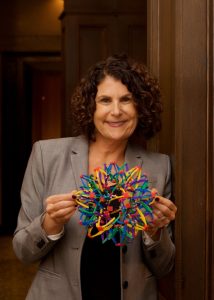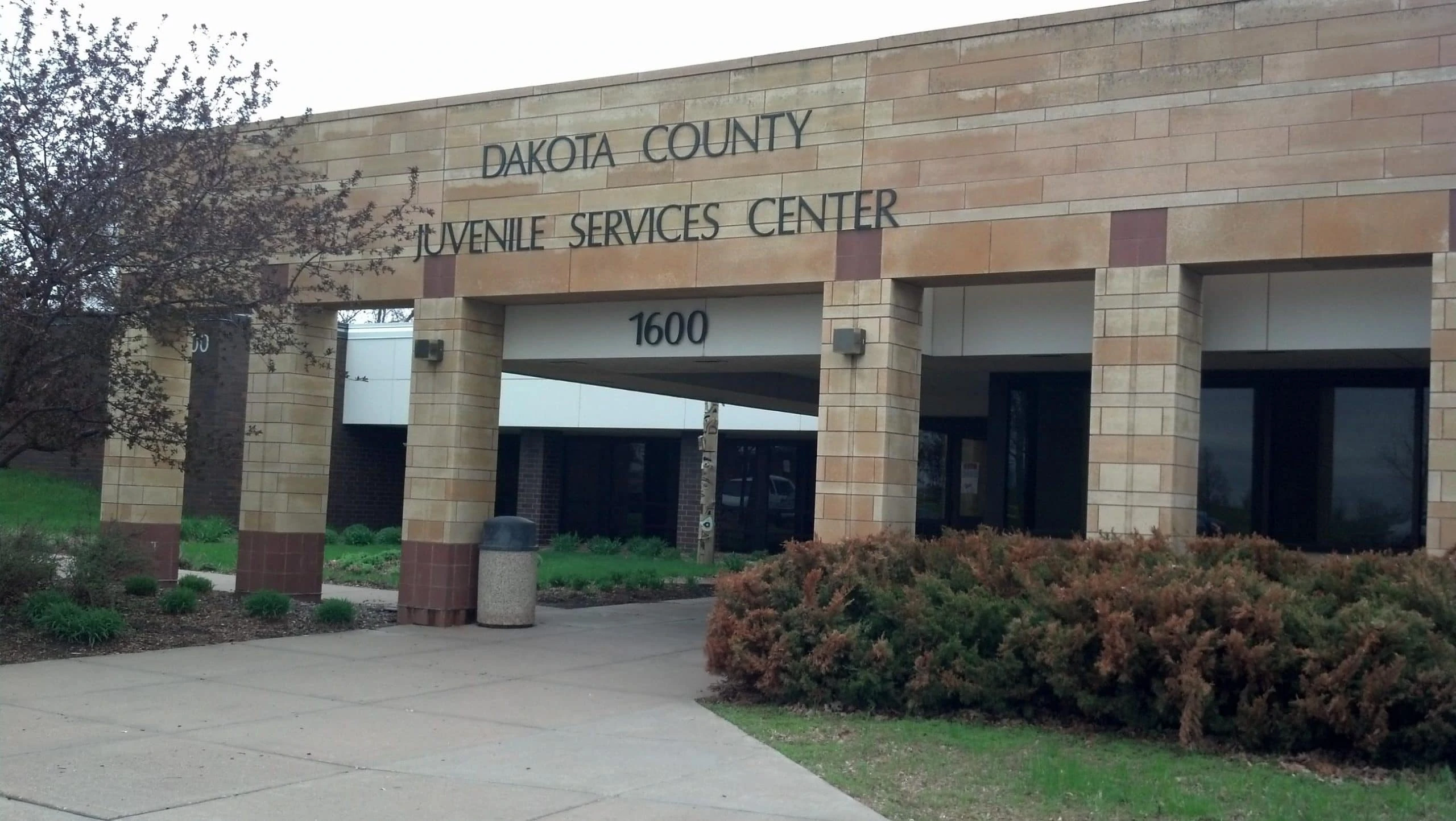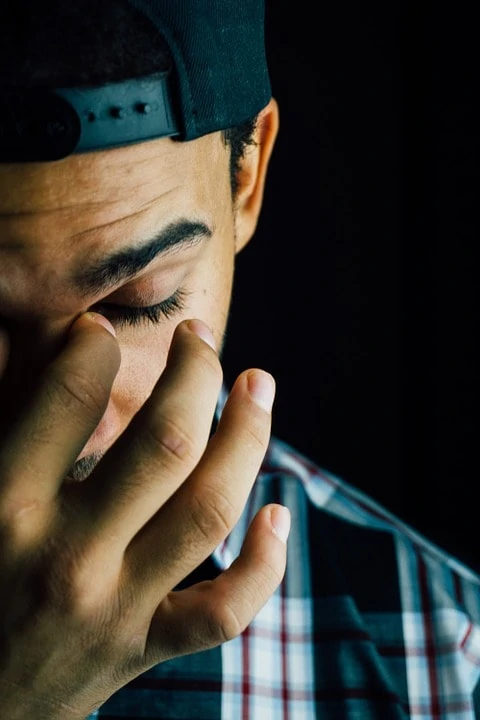Through the years, we have been blessed to work with so many amazing teachers, counselors, social workers, therapists, and other helping professionals who dedicate themselves to helping children and families thrive in an ever more challenging world.

She’s also been a key figure in taking Yoga Calm beyond the classroom to youth in other institutional settings, such as hospitals and mental health facilities. Among the current projects she and her team are working on?
- Expansion into an additional hospital, providing direct instruction on adolescent, adult, and geriatric mental health units.
- Partnerships with new school districts, including district-wide training and implementation of Moving and Learning Residencies.
- Bringing Residencies into early education and ECSE environments, integrating Yoga Calm into pre-K, Head Start, and preschool/daycare settings.
- Development of two new products to be used as tools to support this work in both therapeutic and educational settings.
If you’ve taken one of our courses in the Minneapolis/St. Paul area, you’ve likely met Kathy and have seen firsthand the passion that drives her work and fuels her expertise.
“The body is the access point to my work,” she says. “Nervous system regulation is the foundation, for when the body is regulated, heart rate lowered and the mind brought to the present moment, the brain is at its optimal learning state. This is where my work begins.”
This approach makes Yoga Calm an especially good fit for the sites of some of our our newest implementations: juvenile detention and probation programs in the Twin Cities area.
Trauma & the Power in Healing
Just this past January, Kathy and her team trained more than 60 staff members at the Dakota County Juvenile Detention Center, where the program is referred to not as “yoga” classes but “self-regulation” classes.
We prepared staff for the implementation of these self-regulation groups by exploring the impact of trauma and how it’s held in the body. When looking through the lens of trauma, we get a deeper understanding of “behavior.” So, for instance, we defined the importance of understanding the “fight, flight, and freeze” mechanism and how this is expressed.
It was helpful for the staff to understand the mind/body connection and the scientific underpinnings of mindfulness and yoga based movement. It was important to understand that we were doing much more than “just yoga.”
We felt it was imperative that we included all staff in the first training, from program directors on down. When training is opt-in, a lot of people won’t attend because they don’t know what it is and how it can help both staff and the youth they’re working with.
Here, everyone knows what we’re doing, and this benefits the residents immensely. And now that they’re beginning to see the changes in the youth – wow! To see the power in healing from these practices is amazing.
Teaching as Loving Care & Kindness
The self-regulation classes use both mindfulness and movement, and they’re provided twice a week by instructors from 1000 Petals, Kathy’s wellness company. Along with the consistency and structure that come with practicing yoga-based movement, one of the most important things that the instructors bring with them is authenticity.
“We laugh with them,” Kathy explains. “We joke. And we’re real with them. The youth don’t want to be known just by their past behavior or how the system has labeled them. They just want to be loved.”
Teaching them – which includes sometimes simply listening – is one sign of love.
We don’t need to know why they’re there. We just need to be with them in the here and now. We need to be with the person who is in front of us. And when we approach them in this way, they can more readily learn how to apply what we’re doing in their everyday lives: ‘Where do you feel stressed?’ ‘How’s your sleep?’ ‘Do you want to improve your cardio and focus so you can do better on the basketball court?’
The idea is to identify their needs, not impose what we think they need.
That, too, is a sign of loving care and kindness.
So we’re constantly nudging them: When will you use this in your day? How does this apply or connect to your real life? And as they apply it, they not only see or think but completely experience the reality that you can change how you think and feel. That’s a new concept for most.
The youth in juvenile detention know firsthand how little control they have over the circumstances that surround them on a daily basis. We’re teaching them that the one thing they always can control is how they respond to a situation. Using breathing, mindfulness, and movement, we empower them to change how they feel in any given moment by pausing and checking in with their mind, body, and heart.
Individualizing in this way also helps when it comes to reinforcing the idea that the tools and skills they learn in class are things that they can put to work at home – or anywhere inside or outside the institutional setting. It’s not just stuff for “yoga time” but strategies and tools they can use anytime, anywhere they need to.
Bringing Families into the Picture (& Practice)
To take this even further, Kathy and her team are looking forward to introducing mindfulness and yoga-based movement to families by participating in family events in therapeutic settings and schools alike, as well as expanding their school programming across the upper Midwest.
When whole families understand and practice the skills their children have been learning, all benefit.
“As we say,” notes Kathy, “the real yoga begins when we take it off the mat and into our lives.”





